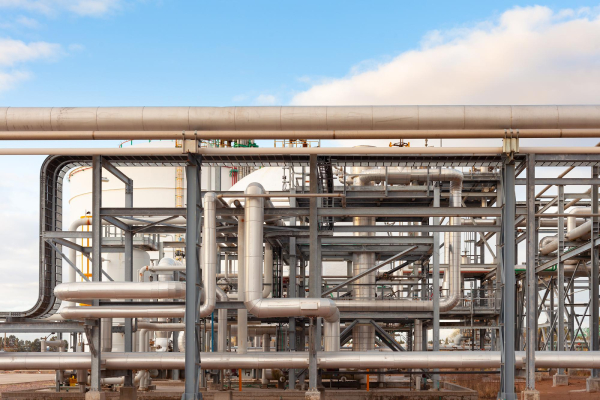

In today’s competitive landscape, optimizing fluid and gas flow in utility and process systems is essential for organizations aiming to achieve operational efficiency and reliability while reducing their carbon footprint. Recent insights emphasize the critical role of pipe network analysis in identifying and addressing performance-impacting issues.
Fluid and gas flow analysis examines how liquids and gases move through interconnected piping systems. This analysis is vital for detecting challenges such as pressure drops, flow rate inconsistencies, and bottlenecks, which can disrupt system effectiveness and increase energy consumption.
Experts highlight several key benefits of conducting fluid and gas flow analysis:
The following components are essential for thorough fluid and gas flow analysis:
To conduct effective fluid and gas flow analysis, organizations are leveraging advanced tools and techniques:
To optimize fluid and gas flow while minimizing CO₂ emissions, experts recommend the following best practices:
A recent case study from a chemical processing plant illustrates the benefits of effective analysis. The facility faced challenges with inconsistent fluid and gas flow in its distribution network. Through thorough flow analysis, the team identified areas of pressure loss and implemented strategic changes to optimize the system layout.
The result?
A remarkable 25% reduction in energy costs and significantly improved process reliability, along with a substantial decrease in CO₂ emissions.
As industries continue to prioritize efficiency and sustainability, effective fluid and gas flow analysis remains crucial for optimizing performance in utility and process systems. By adopting advanced tools and methodologies, organizations can enhance efficiency, reduce costs, and ensure reliable operations while contributing to a greener future.